Published by Jeremy. Last Updated on June 19, 2019.
Disclaimer: Our site uses demographic data, email opt-ins, display advertising, and affiliate links. Please check out our Terms and Conditions. Pricing, operating hours, or menus may have changed since our initial visit and may not be reflected in subsequent updates. Please confirm these directly with any business or attraction prior to visiting.
Throughout its history, Pittsburgh has been known for a lot of things. The city was host to George Washington on multiple occasions, the departure point of Lewis and Clark on their famous expedition, home to America's early glass industry, and the world's leading supplier of iron and steel- and that is before even getting to the 20th century.
Although these are all incredible in their own right, it is the steel industry in Pittsburgh that made the city famous the world over.
In its prime, Pittsburgh was producing thousands of tons of steel per day- more than half of the entire output of all factories in the United States combined- and boasted a staggering number of mills located along the city's rivers. But by the 1980s this all changed- the steel industry went bust, nearly all of the factories were shut down, and Pittsburgh went through one of the largest depressions from which it only recently emerged.
Since then, most of the factories have been demolished and replaced with new industries. But a small portion of one massive factory, the iron-producing Carrie Furnaces, was rescued by the Rivers of Steel Heritage Foundation and turned into a historical site for future generations to come and learn about how the Steel City got its name.
The Roots of the Steel City at Carrie Furnace
The decline of the steel industry in Pittsburgh is unique in that it was so recent. Often we look back at fallen industries or historical events and can only turn to books, museums, and documentaries to learn from as the generations who lived through it are no longer with us.
This is not the case for Pittsburgh's steel industry.
Not only does a good percentage of the city remember the steel industry vividly, many worked in it for most of their lives (and have strong feelings on its demise on all sides of the spectrum). This gives the Rivers of Steel Heritage Foundation a unique opportunity when preserving the grounds of the Carrie Furnaces as many of the volunteers actually worked at the furnace itself.
In fact, this was one of the highlights of the tour for us as our guide shared stories of what life was like working at the furnace in addition to its history- including his daily tasks, why the industry was such a livelihood to the city, and even why the industry ultimately collapsed (hint: they refused to modernize).
For those who love Pittsburgh history and have already learned a bit about the steel industry at the Heinz History Center, Carnegie's business partner Henry Clay Frick at the Frick house, and are looking for more, this 2-hour tour does a great job at filling in the gaps while exploring the hauntingly beautiful grounds of what remains of the once massive Carrie Furnaces.
But in keeping with our habit of not giving everything away when it comes to museums and guided tours, we're going to leave the rest for you to find out for yourself on a visit.
One of the Best Tours in Pittsburgh
Overall, the tour of the Carrie Furnaces is, without a doubt, one of the best tours you can do in the entire city.
The guides do a stellar job of bringing the history of the furnaces alive, and the tour can only be described as being 100% Pittsburgh. So if you want to find out more about why we are known as the Steel City, do yourself a favor and book a tour as soon as possible.
You won't regret it.
The Carrie Furnaces are located southeast of Pittsburgh just outside of Rankin, PA. Tours are available during the summer months on Saturdays and Sundays and require advanced reservations. For those who want more, be sure to head over to Homestead after your tour to explore more historic sites associated with the steel industry, such as the location of the 1892 Homestead Strike.
To learn more about Pittsburgh's steel heritage, why not tour the Frick House or visit the Heinz History Center?
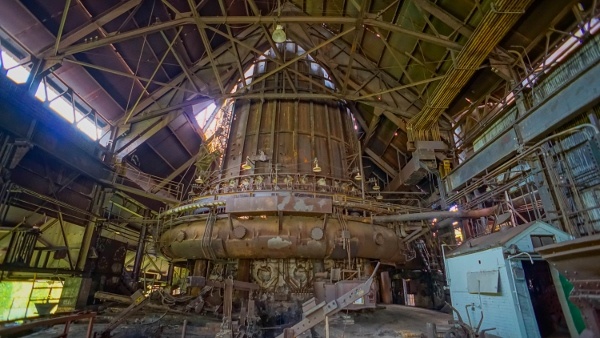
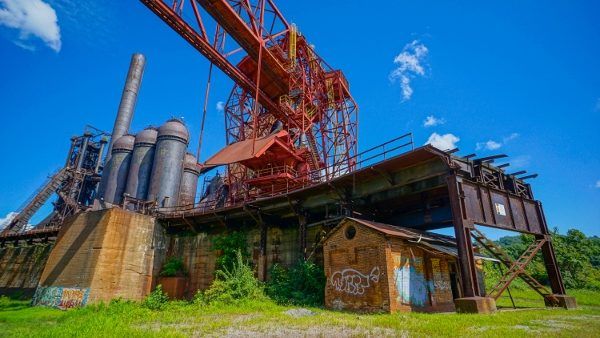

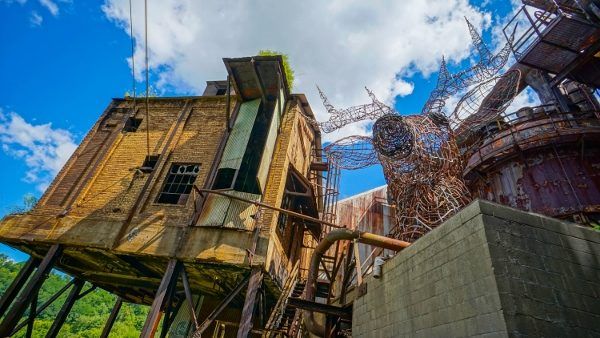

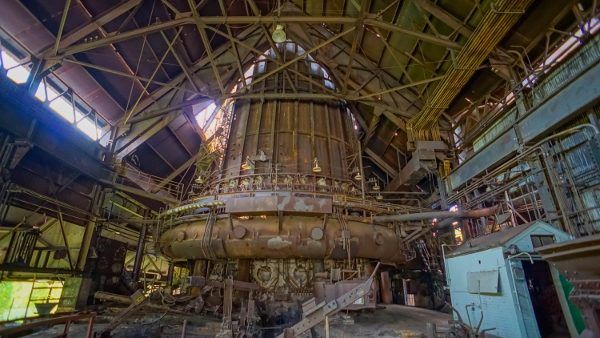
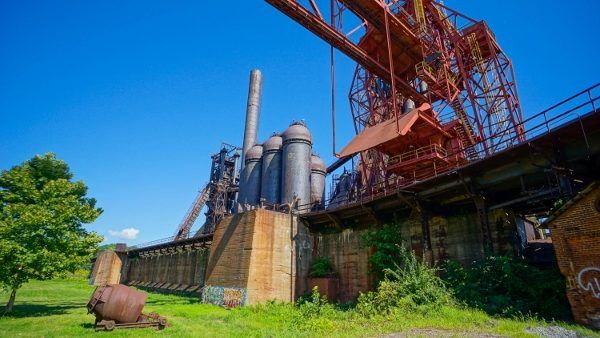

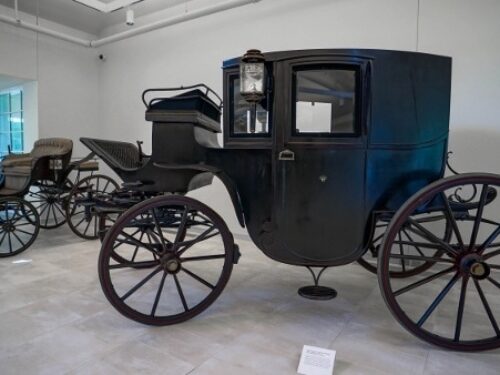
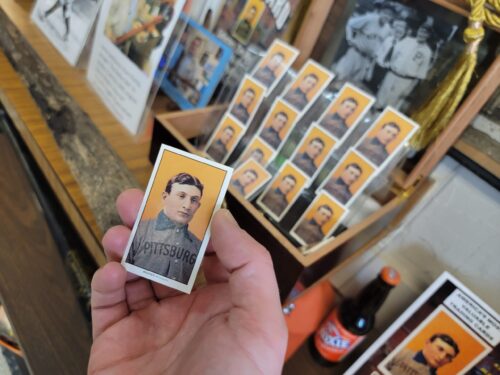
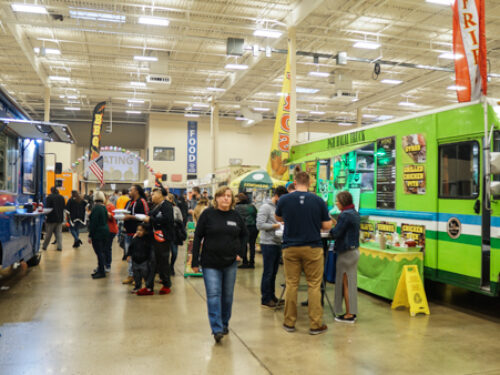
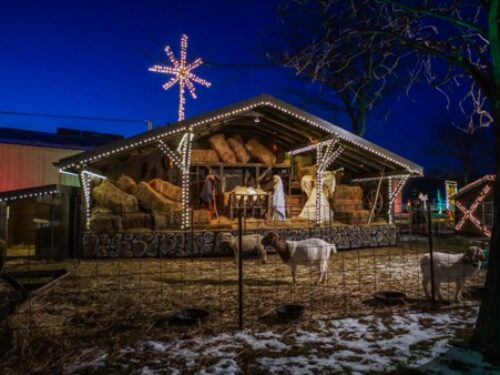
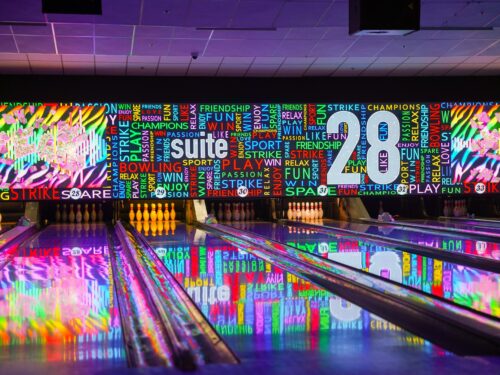
Very helpful, thank you.